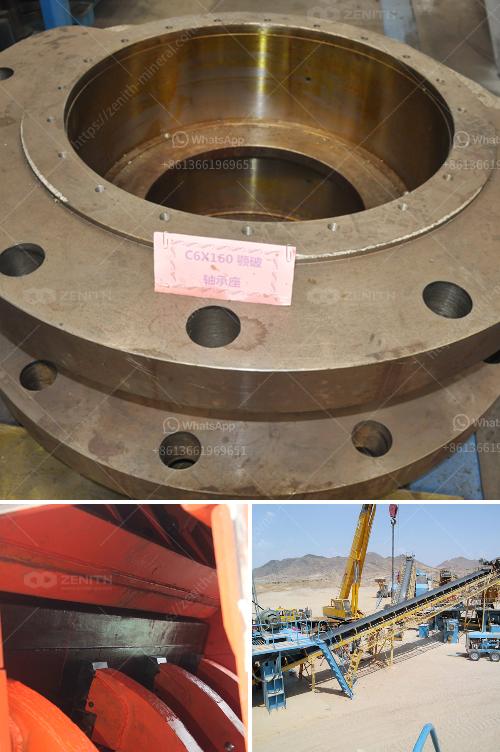Concentrating gold in hard rock involves several steps. Here's a general overview of the process:
Crushing and Grinding: The hard rock containing gold is typically crushed and ground to reduce the size of the ore particles and liberate the gold from the surrounding rock.
Gravity Separation: Techniques such as panning, sluicing, shaking tables, and centrifuges are used to separate the gold, which is heavier, from lighter materials.
Flotation: In this process, crushed ore is mixed with water and chemicals, which cause the gold to float to the surface where it can be skimmed off.
Cyanidation: For more fine-grained gold, a cyanide solution can be used to dissolve the gold so it can be later precipitated or absorbed onto activated carbon.
Amalgamation: Historically, mercury was used to form an amalgam with gold, from which the precious metal could be subsequently extracted. However, this method is less common today due to environmental and health concerns.
Refractory Ore Processing: Some ores contain gold that is trapped in sulfide minerals and not easily retrieved through standard methods. In these cases, techniques such as roasting or bio-oxidation are used before cyanidation.
Electrowinning: After cyanidation, the gold-laden solution is processed by electrolysis to recover the pure gold.
Safety and environmental considerations are critical throughout these processes due to the use of hazardous chemicals and the physical nature of the procedures.
It's important to consult with mining experts and adhere to all local regulations when attempting to concentrate gold from hard rock.
